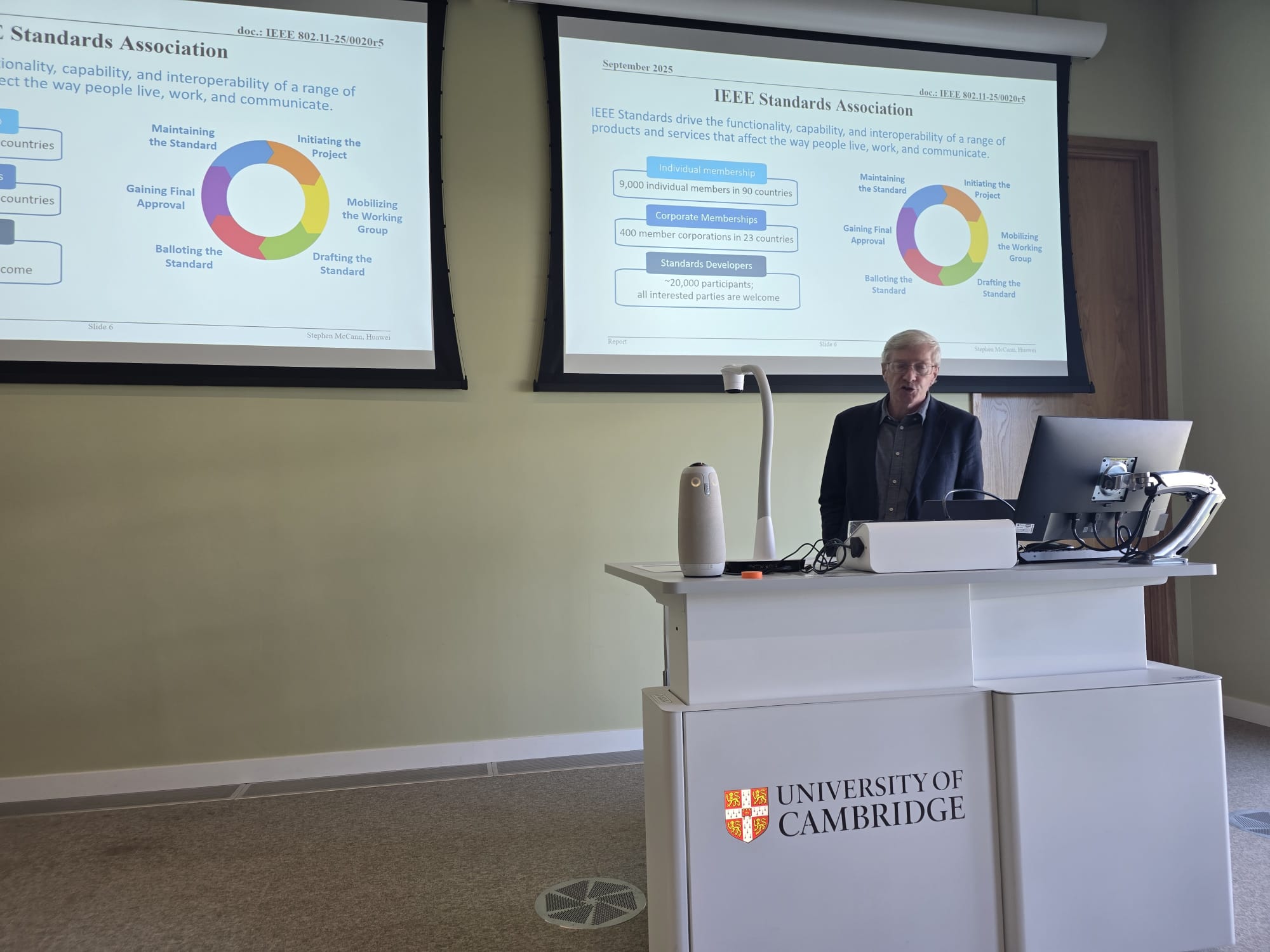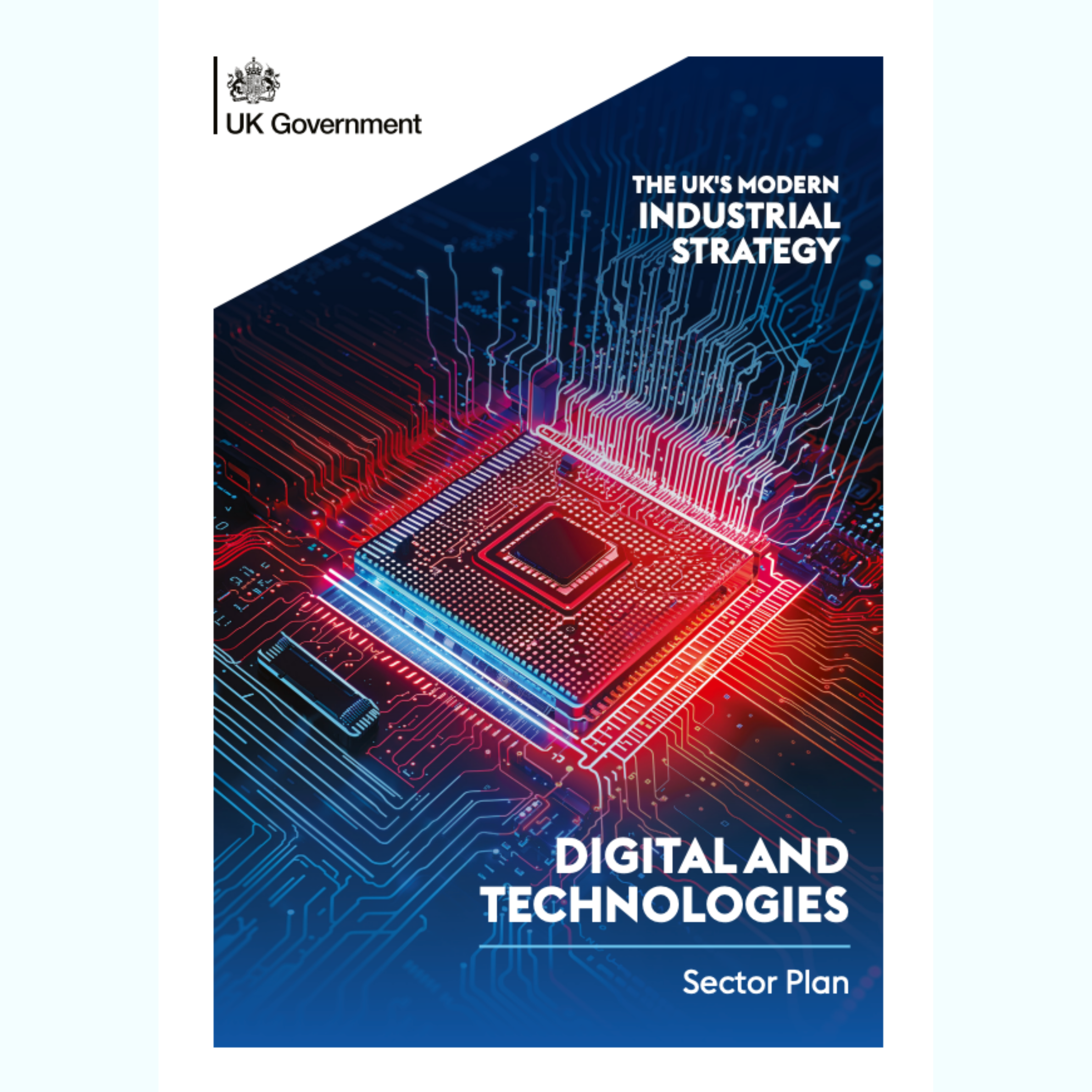On 10-11 March 2025, FTH Standardisation Director, Dr Nik Serafimovski attended the 3GPP 6G Workshop in Incheon, South Korea.
The event brought together industry leaders, academic representatives, and standardisation experts to deliberate on the future of telecommunications. The event highlighted the diverse perspectives and priorities of key stakeholders as they shape the framework for 6G, setting the stage for significant innovation.
One of the central themes was the interplay between evolutionary and revolutionary approaches to 6G development. While some advocate for leveraging existing 5G infrastructure to minimise costs and complexity, others envision groundbreaking advancements. Companies identified the potential for emerging technologies, including AI/ML integration, ISAC (Integrated Sensing and Communication), and Non-Terrestrial Networks (NTN) that could redefine connectivity in the next decade.
AI/ML as a Game-Changer
The role of artificial intelligence (AI) and machine learning (ML) stood out as a transformative force in 6G. Critically, organisations emphasised the need for standardised AI/ML capabilities across networks. Operators expressed interest in deploying AI-driven solutions for a range of use-cases across the network, addressing everything from optimising network management, to improved deployment and more efficient service delivery. However, the balance between proprietary systems and standardised solutions remains a contentious issue, raising questions about vendor lock-ins and interoperability.
Spectrum Challenges and Opportunities
Spectrum allocation emerged as another pivotal topic. There is consensus on exploring the 6-8.5 GHz range for 6G, but opinions diverge on the relevance of higher bands like mmWave. Some operators are optimistic about Fixed Wireless Access (FWA) use cases for mmWave, while others remain sceptical of its applicability to mobile contexts. Spectrum sharing mechanisms, such as MRSS (Multi-RAT Spectrum Sharing), also garnered attention, though stakeholders debated its efficiency and impact on user experience.
Monetisation and Market Readiness
The workshop revealed an underlying tension between technological ambition and market realities. Many operators remain cautious about significant infrastructure investments, citing incomplete returns on investment with their existing 5G deployments. Monetisation strategies for new capabilities, including integrated sensing and communications (ISAC) and AI-powered services, are still unclear. Indeed, the importance of aligning technological innovation with sustainable business models was a core topic of discussion.
Collaborative Path Forward
A recurring theme was the critical role of collaboration between academia, industry, and government bodies. Independent validation of claims through simulations, channel modelling, and suitable evaluation frameworks are critical to ensure that claimed capabilities match real-world deployment experiences.
As 6G progresses from concept to reality, the workshop underscored the need for a unified vision, balancing innovation with feasibility. While the road ahead is complex, the collective expertise and determination of all stakeholders hold promise for a transformative generation of connectivity.






